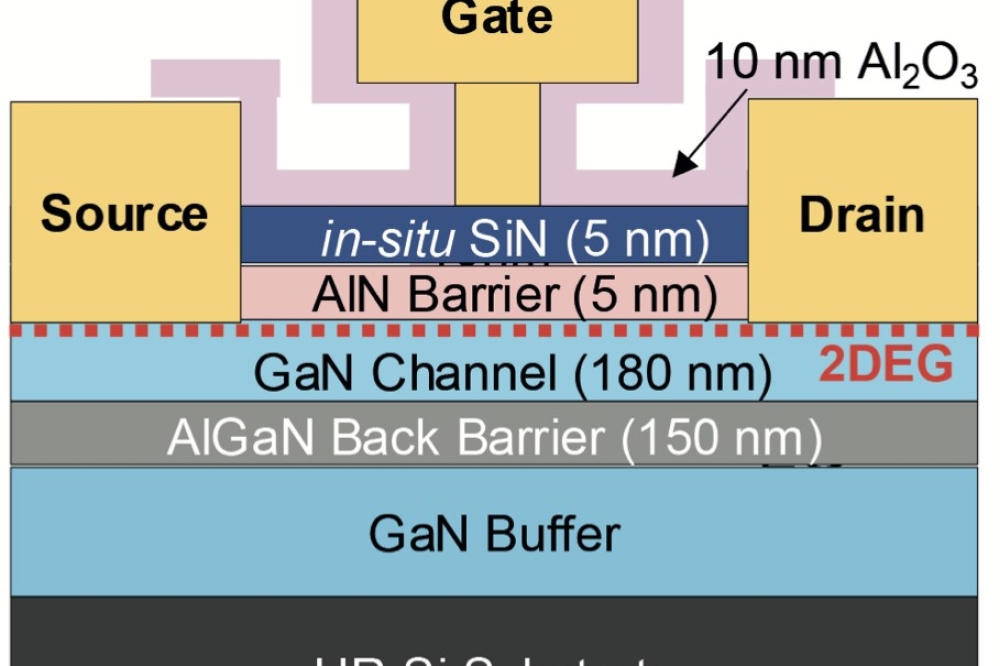Laytec Gen3 tools solve UV LED challenges
LayTec has published a series of application examples for its 3rd generation of EpiTT and EpiCurve TT families Gen3 showing how they solve problems of epitaxial growth for UV LEDs.
These challenges can be significant including long runs, superlattices, high Al content versus high doping level, very high growth temperature and large wafer bow and more.
One application example shows how the latest generation of tools help to overcome the wafer-showerhead gap variation in UV LED epitaxy.
For UV LED processes, EpiTT Gen3 can measure temperatures up to 1500degC. However, for accurate temperature sensing a new Gen3 feature is also of importance: two types of metrology heads can now be chosen depending on the specific reactor conditions: the well known fibre-optical heads (FOHs) and the new parallel-beam heads (PBHs).
According to Laytec, EpiTT with PBHs is the tool of choice e.g. for Close Coupled Showerhead (CCS) reactors, where the wafer-showerhead gap is adjusted to avoid pre-reactions and achieve high growth rates in UV LED processes.
![]()
![]()
Fig. 1: Reflectance (950 nm) and temperature data during variation of gap size: a) Fibre optic head shows a reflectance drop of ~30 percent with respective temperature drop of several Kelvins depending on sample structure b) New parallel beam head delivers a stable reflectance and temperature signal. At the standard gap distance (11 mm), both heads measure the same reflectance. (Data measured with an AbsoluT thermal reference.)
Figure 1a (above) shows that FOHs suffer from the off-focus situation resulting from such adjustment, while PBHs in figure 1b give a very stable reflection and temperature signal under gap variation and, therefore, do not need a rather complex and time-consuming multi-gap calibration.
Accurate temperature for pss and double-side polished sapphire in UV LED epitaxy
For UV LEDs, the emitted light usually exits the device structure through the sapphire substrate. Therefore, double-side polished (dsp) sapphire is frequently used. In addition, the front surface of the sapphire substrate can be modified by nano-patterned sapphire substrates (pss) for enhanced light extraction. Both substrate specifics often cause unrecognized artifacts in temperature sensing.
As an example, the two figures below how a temperature step run with three different types of sapphire substrates: dsp, pss and ssp (single side polished).
![]()
![]()
Conventional IR pyrometry (figure a) measures three different pocket temperatures for these wafer types. While the dsp sapphire substrate at 900degC gives the correct value, ssp is ~10K and pss is ~25K less than dsp. The level of the apparent (but not real) temperature reduction depends on temperature and on the details of back-side roughening, pss patterning and the reactor configuration.
According to Laytec, EpiTT Gen3, however, comes with new software algorithms that take these specific effects into account and deliver the same accurate pocket temperature for ssp, dsp and pss sapphire substrates (figure b).
Further examples can be found on Laytec's website.


































